Pork Production Systems and Marketing Methods: Introduction
Pork production systems and marketing methods are now bigger and better than ever after a constant evolution of hundreds of years. There is a staggering popularity and market for pig meat today, and modern intensive farming and production systems have made it one of the cheapest sources of meat.
Pig farming is one of the most profitable businesses today. This is because they grow fast and reproduce rapidly. There are many types of pork production systems in the market today, and marketing methods too have changed rapidly to suit the increasing demands of the market.
Pork Production Systems and Marketing Methods
Pork production systems today can be classified into seven types. Each of these types has its own unique marketing methods because of the difference in the type of farming and how they are sold.
Farrow to Finish
The farrow-to-finish production system is one that involves all the stages of pork production. In this system, a farmer breeds sows on the farm, maintains them through gestation, farrows and wean the piglets, feeds the piglets to market weight, and sells them. This was the most common and traditional method of pig farming for many decades. But it began to fade in the 1980s when pig production grew to a larger scale.


Most Farrow-to-finish pork farmers would sell their pigs in the open market. Producers are paid the current market value for their pigs. But this involved a lot of risk due to a constant fluctuation of prices.
So today, farrow-to-finish pig farmers tend to sell their market pigs on contract to pork processing facilities in the area. This is much more secure for farmers and involves much less risk of price variation. A pig farmer now knows in advance how much they would receive for their market pigs.
Farrow to Wean
This farrow-to-wean method is the latest development in pig farming. This system is mainly used for large-scale pig farming operations. A farrow-to-wean production system typically involves the breeding, gestation and farrowing of sows. Here the piglets stay with their mothers until weaning at 15-20 days of age.
Once they are weaned, these piglets are shipped to wean-to-finish operations. Piglets are typically sold on a yearly contract basis to the finishing operation. This farrow-to-wean production system does not maintain any pigs to be sold at the market. Rather, they are sold as soon as they are weaned.
Feeder pig production
Feeder pig production systems were common in the mid-1900s but are not so common today. This system involves the breeding, gestation and farrowing of sows and also the weaning of piglets and maintaining them until they reach a weight of 50-60 pounds. These pigs are then sold to the open market to pig producers who want to feed and raise larger weaned pigs to market weight. This system is now widely being replaced by farrow-to-wean and farrow-to-finish pork production systems.
Wean to Finish
Wean Finish pork production system is the most common type of pork production system prevalent today. This is also common in intensive pig farms. Here pig farmers purchase 15-20 day-old weaned piglets and raise them to market weight.
Typically, piglets are purchased on contract. Then when the pigs reach market weight, they are sold to the area pork processing facility on another contract.
More than 50 percent of pigs today are bought and sold on contract in order to reduce the risk of fluctuating market prices. This system also ensures a steady supply of pigs to feeders and market pigs to pork processors.
Seedstock Production


The female pigs are bred with specifically selected genetics and are closely managed to obtain the best possible replacements. Usually, females are maintained at the seedstock production facility until they reach 50 to 75 pounds in weight.
These pigs are then marketed to pig farmers who want to purchase replacement females. Replacement pigs cost more than feeder pigs because of their improved genetics and the management that goes into raising them. Sales between seedstock producers and buyers are on a private basis and rarely sold on the open market.
Purebred production
Purebred production systems are on a much smaller scale than other pork production systems. They involve all stages of farrow-to-finish production systems except that a single breed is used to raise market pigs. Purebred production systems also occasionally raise purebred replacement animals. Common breeds used in purebred systems include Hampshire, Duroc and Yorkshire.
The biggest market for purebred pigs is in the show pig industry, where they are exhibited by breed. Each animal will have a pedigree registered with a national organization. High-quality show pigs demand premium prices. To be successful in marketing purebred pigs, the pigs must possess traits desired by other purebred breeders or seedstock producers.
Alternative market production
Alternative market production is a relatively new type of pork production system and has been developed over the past two decades. They have the same stages as farrow-to-finish, but the management and marketing techniques are different.
Alternative producers raise pigs in specialized markets to cater to the specific demands of consumers. For example, this includes the raising of antibiotic-free pigs and growth-stimulant-free pigs. Consumers are often willing to pay much more for these specific types of pig meat.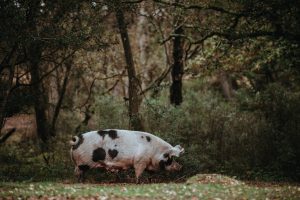

Another type of niche market product that is popular in the market is free-range pig farming. Most consumers are willing to pay more for cage-free meat and pig meat that is raised the way they were before intensive farming started.
Some breed organizations, like the Berkshire breed, have registered trademarks for their pork. Their meat has specialized characteristics in some ethnic markets.
Alternative pig production farmers may earn more for their meat, but they must maintain some strict management practices and requirements to keep their market secure. Producers in this product type are usually actively involved in the promotion and sales of their products, and sales are normally directly between consumers and producers.
Pork Production Systems and Marketing Methods: Summary
Pork production and marketing methods have changed significantly over many years of pig farming. As demand for the type and quantity of pig meat varies, pig farmers are forced to change their systems to suit the market better. Marketing is now largely on a contract basis to prevent the fluctuating of prices and to ensure a steady income for pig farmers.
Alternative pork production systems are rising by the day as consumers become more demanding of the specifics of their meat. Consumers are willing to pay price premiums for these special types of pork, and farmers are willing to undertake special efforts for extra money too.
Also read: The harmful effects of Pig waste on the environment
*All pics are courtesy of Unsplash.com.

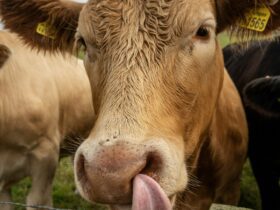
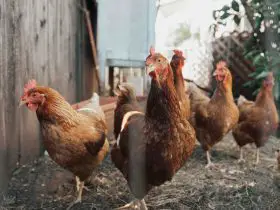
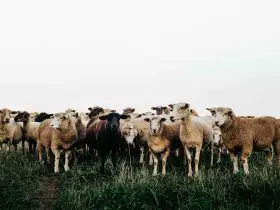
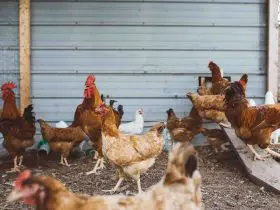
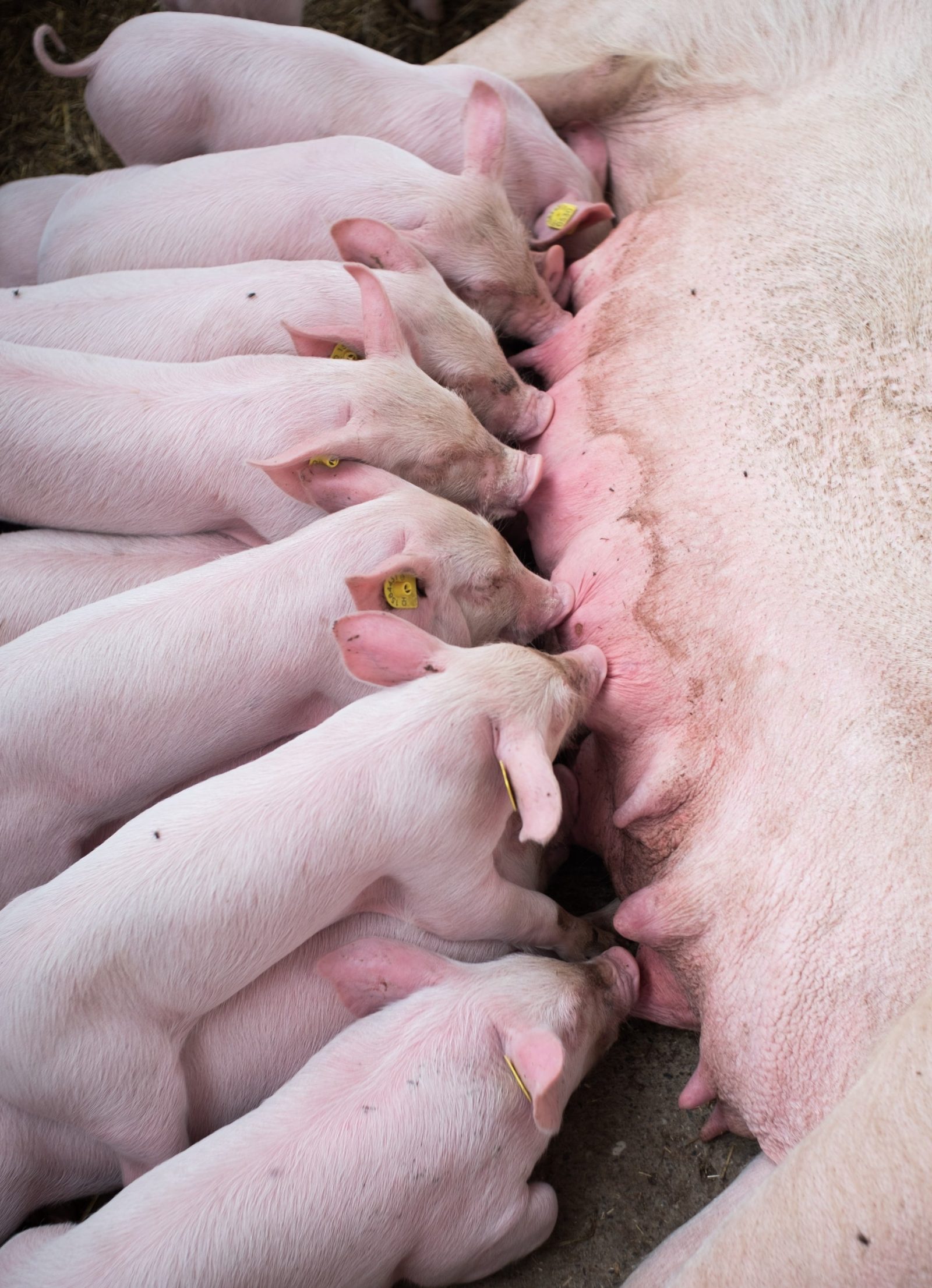
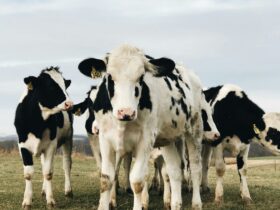
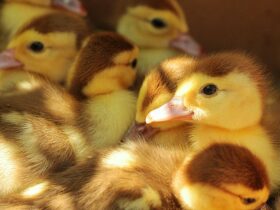
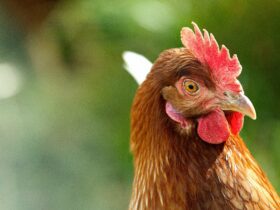
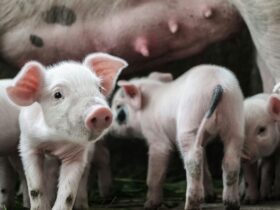

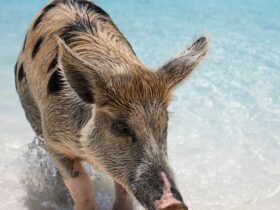
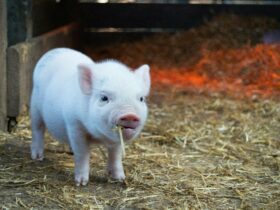

Hello!! Welcome to Anim Farm